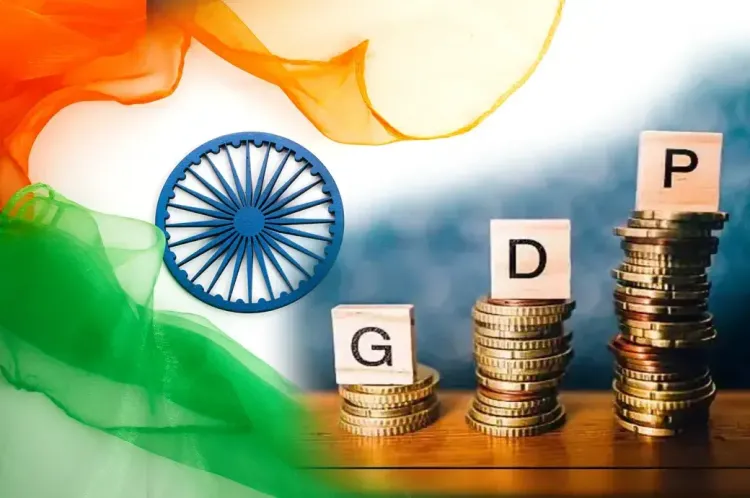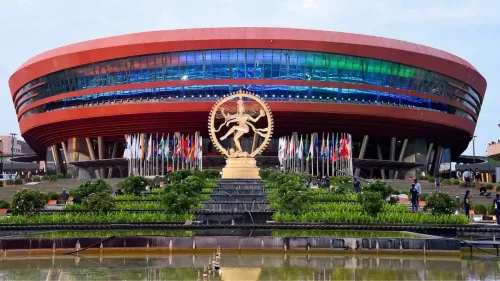Crisil Forecasts India's GDP Growth at 6.7% for Next Fiscal Year

Synopsis
Key Takeaways
- India’s GDP growth is expected to reach 6.7% in FY26.
- Food inflation continues to decline, aiding economic growth.
- CPI inflation averaged 4.6% this fiscal year.
- Strong performance in investment goods and consumer durables.
- Higher agricultural production is anticipated to support rural consumption.
New Delhi, Jan 13 (NationPress) India’s gross domestic product (GDP) growth is projected to rise to 6.7 per cent in the upcoming fiscal year (FY26), according to a report from Crisil Intelligence released on Monday. The report highlights that a consistent decrease in food inflation, alongside a decline in non-food inflation, is likely to pave the way for a potential rate cut in the near future.
Headline inflation is steadily progressing towards the central bank’s target of 4 per cent, with food inflation decreasing for the second month in a row and non-food inflation remaining stable.
The Consumer Price Index (CPI) inflation has dropped to 5.2 per cent from 5.5 per cent in November, while food inflation has decreased to 8.4 per cent from 9 per cent, and non-food inflation has held steady at 3.1 per cent.
“Net-net for this fiscal, we anticipate CPI inflation to average 4.6 per cent with a slight upward bias to our forecast,” the Crisil report stated.
The Index of Industrial Production (IIP) saw an increase to 5.2 per cent in November, up from 3.7 per cent in October (revised from 3.5 per cent).
This growth was largely attributed to strong performance in investment goods and consumer durables, aided by a low base effect.
The first advance estimates from the National Statistical Office show a growth moderation to 6.4 per cent from 8.2 per cent in the previous fiscal year.
“Looking ahead, we expect GDP growth to enhance to 6.7 per cent next fiscal in our base case scenario. Anticipated rate cuts from the Reserve Bank of India, decreasing crude oil prices, and a normal monsoon are expected to bolster growth,” the report concluded.
Improved agricultural growth is projected, as higher reservoir levels are favorable for the rabi crop output. This is expected to enhance farm incomes and rural consumption.
Increased agricultural production is likely to alleviate food inflation pressures in the remaining months of this fiscal year, consequently promoting discretionary spending.









